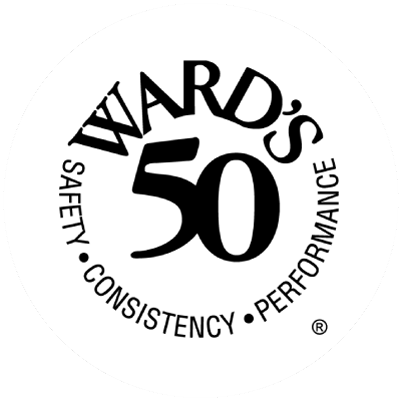A few key safety tips can keep your kids safe and healthy throughout the upcoming school year.
Safety in School
Ensure your child’s safety in school with a few simple steps:
Backpacks
Backpacks should be designed with ergonomic features for safety and comfort.
-
-
- The backpack should weigh no more than 5% to 10% of your child’s body weight; make sure not to overstuff it.
- Children should use both straps to evenly distribute the weight on their shoulders.
- Rolling backpacks are helpful but should be used with care since they can cause a trip hazard in crowded hallways.
-
Playgrounds
-
-
- Children should avoid necklaces and “hoodies” or other jackets with drawstrings, as they can cause strangulation hazards on playground equipment.
-
Transportation to and from school
Bikers
Make sure your children take simple precautions when bike riding:
-
-
- Always wear a helmet that fits correctly and securely fasten the chin strap.
- Ride with the direction of traffic, and follow traffic signs and signals.
- Stay in the bike lane when possible.
- Never use electronics while riding, as they are distracting.
-
Walkers
Children under 10 years old should be accompanied by an adult or with someone who will make sure they walk safely.
-
-
- Use a sidewalk when possible, and if there isn’t a sidewalk, walk on the edge of the street facing traffic.
- Use marked crosswalks to cross the street, and look left-right-left for vehicles or bikes before crossing.
- Children shouldn’t play, push or shove others when around traffic.
- Avoid distractions from electronic devices; children should pay attention to traffic.
-
Buses
Make sure children who ride the bus follow basic rules to keep themselves, other riders and the bus driver safe. Children should:
-
-
- Arrive at the bus stop at least 5 minutes before the bus is scheduled to arrive.
- Stay out of the street and avoid play.
- Always wait for the bus driver’s signal before crossing the street or roadway to the bus.
- Look both ways before crossing to the bus.
- Always cross at least 10 feet in front of the bus.
- Remain seated at all times and keep the bus aisles clear.
- Obey the driver at all times
- Wait until the bus comes to a complete stop before exiting the bus.
- Keep heads and arms inside the bus at all times.
-
Children should not:
-
-
- Throw objects
- Shout or distract the driver
- Throw objects out bus windows.
-
Teen drivers
The car shouldn’t move until everyone is buckled up.
-
-
- Follow the speed limit.
- Stay focused.
-
- Teens, and all drivers, should make it a habit to put your phone in the glove compartment or other inaccessible location.
- Reduce distraction by limiting the number of additional passengers. If you do have others in the car with you, keep your eyes and your mind on the road.
-
-
Drivers
With the start of a new school year, drivers need to remind themselves to add a few extra minutes to their commute, as buses will be back on the roadways.
-
-
- Yellow flashing lights mean slow down because the bus is preparing to stop.
- Red flashing lights mean stop, and stay about 20 feet behind the bus, because children are getting on or off the bus. Don’t move until the red lights stop flashing, the stop-arm is retracted, and the bus begins moving.
- Even when lights aren’t flashing, watch for children, especially in the morning or mid-afternoon, around school arrival and dismissal times.
-


